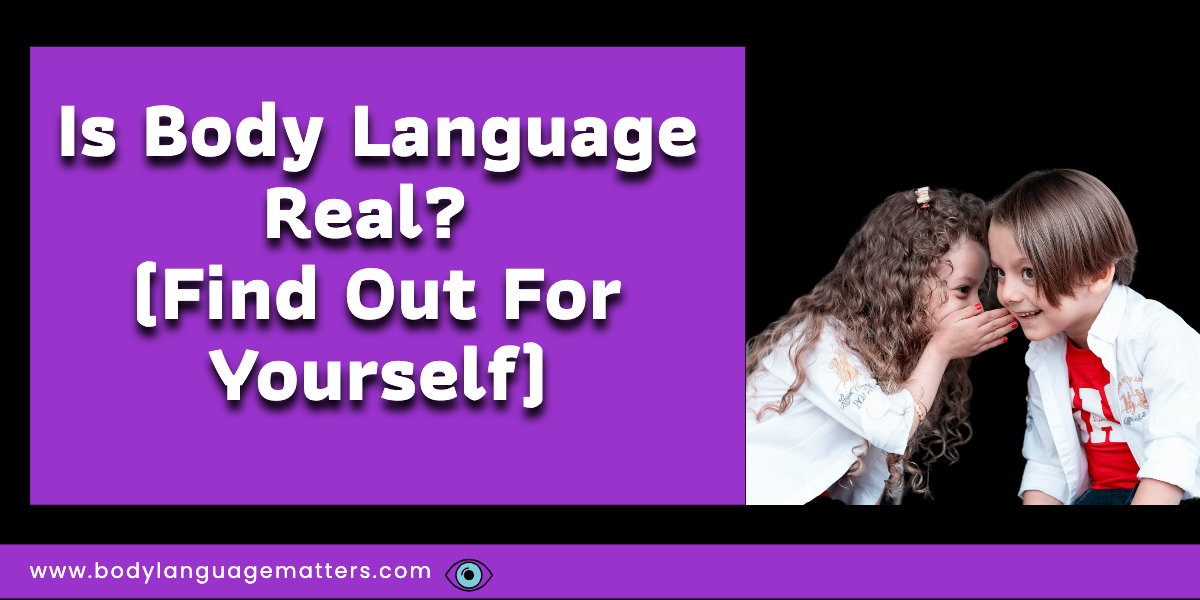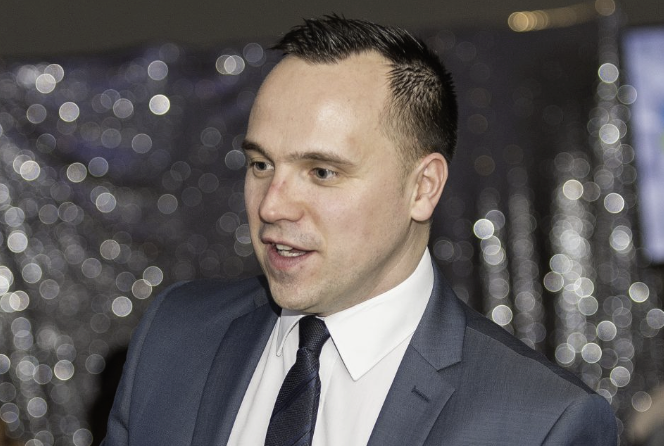This is an age-old question that needs to be answered in a number of ways in order to truly get to the heart of the idea. If you want to figure out if body language is real then you have come to the right place we will take a deep dive into finding out if this is true or not.
The quick answer to the question “is body language real” is YES, of course, it is. We use signs and signals all the time, think about it for a second. We use our thumbs up for “all good” or we can flick someone the bird (middle finger) to show our anger at someone. But it goes much deeper than that.
Body language is a form of non-verbal communication. It is the use of physical appearance, gestures, posture, and other forms of body language to communicate. We use it daily to deliver nonverbal signals as we communicate with each other.
5 Ways You Can Tell Nonverbal Communication Is Real.
- We use our body language Mirror Others to build rapport.
- We nonverbally react to positive and negative stimuli.
- We use facial expressions to show emotions.
- We use body language to send messages.
- We use nonverbal cues to enhance verbal messages.
We use our body language Mirror others to build rapport.
When we interact with others, we often mirror their body language without even realizing it. This is because mirroring is a natural way to build rapport and establish a connection with others. For example, if someone is smiling and nodding their head, we may find ourselves doing the same thing.
Mirroring is a subconscious way of creating a bond between people.
It helps to communicate that we are on the same page and share similar emotions. By paying attention to the other person’s body language and mirroring it, we can build stronger relationships and improve our communication skills.
We nonverbally react to positive and negative stimuli.
When we encounter positive stimuli, such as a beloved friend, we might smile broadly or even jump up and down with excitement. Similarly, when we encounter negative stimuli, such as a frustrating situation, we might furrow our brows, cross our arms in defensiveness, or fidget anxiously.
These nonverbal reactions happen almost instinctively and are often more truthful than the words we say. This is why it’s critical to be aware of our own nonverbal cues as well as those displayed by others so that we can fully understand the unwritten messages that are being communicated between us.
We use facial expressions to show emotions.
Facial expressions are a common way for us to communicate our emotions to others. A smile can show happiness or friendliness, while a frown can indicate sadness or disapproval. We also use our eyebrows to express surprise or concern, and our eyes can convey a wide range of emotions, from joy to anger to fear.
By observing someone’s facial expressions, we can often tell how they are feeling, which can help us to better understand their thoughts and actions. Facial expressions are one of the most universal and immediate forms of nonverbal communication and the most important.
We use body language to send messages.
Body language is a non-verbal way of communication that we use to send messages to others. It refers to the way we move, stand, gesture or make facial expressions when we communicate with others. Sometimes, body language is even more powerful than spoken language because it conveys thoughts and emotions that are difficult to express with words alone. For example, when we cross our arms or avoid eye contact, it can mean that we are feeling defensive or uncomfortable. On the other hand, when we smile or nod our head, it can indicate that we are interested, happy or agreeing with something. By being aware of our own body language and observing others, we can better understand the message being communicated and ensure that our own messages are coming across clearly.
We use nonverbal cues to enhance the tone of voice and verbal gestures.
Nonverbal communication includes gestures, body language, facial expressions, and eye contact. By using these cues, we can add emphasis and clarity to our verbal communication, making it more impactful and engaging for our audience. For example, a speaker may use hand gestures to emphasize a point or vary their tone of voice to convey different emotions or meanings.
Eye contact can also help to establish trust and connection, making the listener more receptive to the message being conveyed. By using nonverbal cues in conjunction with verbal communication, we can create a more nuanced and effective means of expression.
How to Improve Your Nonverbal Communication?
Improving your nonverbal communication skills can greatly enhance your ability to effectively convey your message to others. One way to improve is to pay attention to your body language, such as maintaining good eye contact, having an open posture, and using appropriate facial expressions.
It is also important to become more aware of the nonverbal cues of those around you, such as their tone of voice and gestures, and to respond appropriately. Another key component to effective nonverbal communication is to tailor your communication style to your audience, such as adjusting your gestures or tone of voice to match the tone of the conversation or the culture of the individual you are communicating with.
Practicing and paying attention to these nonverbal behaviors on a regular basis can help you become a more effective communicator and improve your relationships both personally and professionally.
Next up we will take a look at the most commonly asked questions.
Frequently Asked Questions
Can Body Language Be Used To Detect Deception?
Body language is a very powerful form of communication that can be used to detect a lie detection.
However, figuring out the body language of a total stranger can be very difficult and sometimes impossible, it’s the best guess kind of thing without much scientific proof or backing when it comes to deception detection.
There are a lot of important considerations when it comes to reading body language for example: can you detect deception, tell if someone is feeling sad, or show if someone is attracted to you? Can body language experts read police interviews to see if a person is lying or if all they’re doing is telling the truth?
Body language is often overlooked in communication, with estimates of up to 66% according to Chase Hughes, a leading expert on behavior analysis and a part of the YouTube channel The Behavior Panel.
Misinterpretation Of The Facts.
There’s been a lot of exciting research done on body language in recent decades and experts often go back to the 1970s study done by Albert Mehrabian. It says that 93% of what we communicate with others is nonverbal and that words account for only 7% of it! However, this is not true and we can prove this quickly.
For example, if you’re face-to-face with someone and they don’t speak your language, chances are that you won’t be able to communicate anything substantive nonverbally. The percentage may be a little on the high side.
Chase Hughes, the world expert in human behavior, claims that 66% of communication is nonverbal.
Experts often use the theory of Albert Mehrabian as truth but in reality, it’s nothing more than a theory. The foundation for someone quoting Mehrabian is shaky. If you see an expert quoting Mehrabian then you should avoid listening to them is our advice.
Having said that, if you are still interested in learning about body language, then check out
What Is The Theory Of An Individual Reading Body Language?
Experts in body language say they can read what people are feeling or hiding by observing their body movements, facial expressions, and the words being used. The theory is that body language experts have studied people for long enough to detect a shift within a person’s normal behavior called a baseline in body language. In turn, they can use their skills to tell if someone is lying or being deceptive.
Can Reading Body Language Hurt Anyone?
Yes, some of the so-called abilities to detect lies have been used to create programs for police officers, and law enforcement, and used in courts for jury selection.
But these theories are not based on any scientific evidence. Listening to these people who have been trained in the art of behavioral analysis could lead to misinterpretation.
There are no reputable places to learn body language from, as it is not currently taught in schools, colleges, or universities.
That being said, you can still glean a lot of information from facial expressions or the way someone talks. When thinking about how to read other people, the first thing you might want to try is getting a sense of what their baseline is. If someone is upset but trying not to show it, for example, then their body language may be closed off but surprisingly open with their words.
If someone is relaxed, you can probably tell from the way they’re moving and talking. It’s when these two things are out of balance that you’ll have to pay attention to their words and facial expressions a little bit more closely. To learn more about a person’s baseline check out this article here.
What is Context and why do we need to understand it?
The most important thing to remember about body language is that it is highly contextual. This means that the same gesture or posture can mean different things in different cultures or even in different situations.
For instance, in some cultures, eye contact is considered to be very important, while in others it is considered to be rude.
When reading someone for the first time, think about where they are, who they are with, and what is going on around them to get a good understanding of the context around the analysis.
Is Body Language Scientifically Proven?
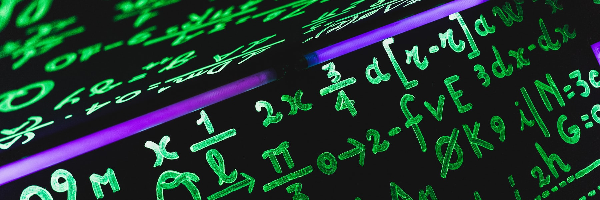
Some people believe that body language is not scientifically proven because it’s subjective. There are few studies around nonverbal communication that suggest body language is scientifically proven.
Body language can be measured through experiments. And most importantly, there are many gestures with different meanings across cultures – which means they’re universal!
If you want to prove nonverbal communication is real, simply flash your eyebrows as you greet others without saying hello. This should tell you, at least in your own mind, that it’s a very real way to communicate nonverbally.
Is Body Language Always Reliable?
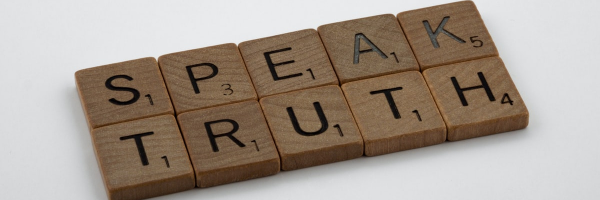
Body language is not always reliable. People can fake body language to mislead others for personal gain. It is possible to use body language to manipulate someone else.
The study of non-verbal communication, known as behavioral science, has shown that body language can be misleading or misinterpreted.
There are many reasons why people may fail to interpret accurate body language signals correctly. One reason may be an individual’s lack of exposure and experience with how the gestures are interpreted by others in the culture they are communicating in.
Another reason may be due to anxiety or fear which can cause one person’s natural gestures to differ from what they intend them to mean (e.g., the person may act assertively when feeling threatened). Body Language is not always reliable because it can lead people to false impressions or conclusions.
You will need to learn to read body language correctly in order to get a reliable analysis of the situation and even then you need to take into consideration your own biases, which is something very hard to do.
To find out how to read body language correctly, check out this post.
Is Body Language Learned Or Natural?
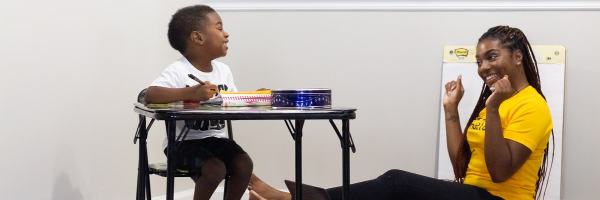
The answer to this question has been debated for years. Some say that it is natural while others believe that it is learned. If you are interested, here are some of the arguments for each side.
The learned argument states that body language is learned by observing other people and these people are able to interpret the meaning of different body movements because they have seen them before.
The natural argument says that body language is natural because of the way we are engineered, with our hands and eyes being close together, making it easier to communicate through gestures than with words alone.
I would say that body language is learned and natural. For example, when a baby is born, it will naturally smile to connect with its mother. This is a biological signal sent to connect with the mother to build an instant bond.
Then, as the child grows, they will start to take on the family’s nonverbal and oral traditions. So, there is definitely an argument for both learned and natural nonverbal traditions when you take into consideration the above facts.
Final Thoughts
So there you have it: body language is real. We think so, and without it, we couldn’t express how we feel or understand others on a deeper level.
If you’re still not convinced could you watch a comedian on stage do his bit with a bag over his head? Would it be as funny if you couldn’t see his face? I don’t think so. I recently asked to a comedian friend who also confirmed this would be almost impossible.
You may find this article useful What Percentage Of Communication Is Your Body Language as it will help you understand more about analyzing the body language of others.
Thanks for taking the time to read and we really hope you enjoyed learning more about non-verbal communication
